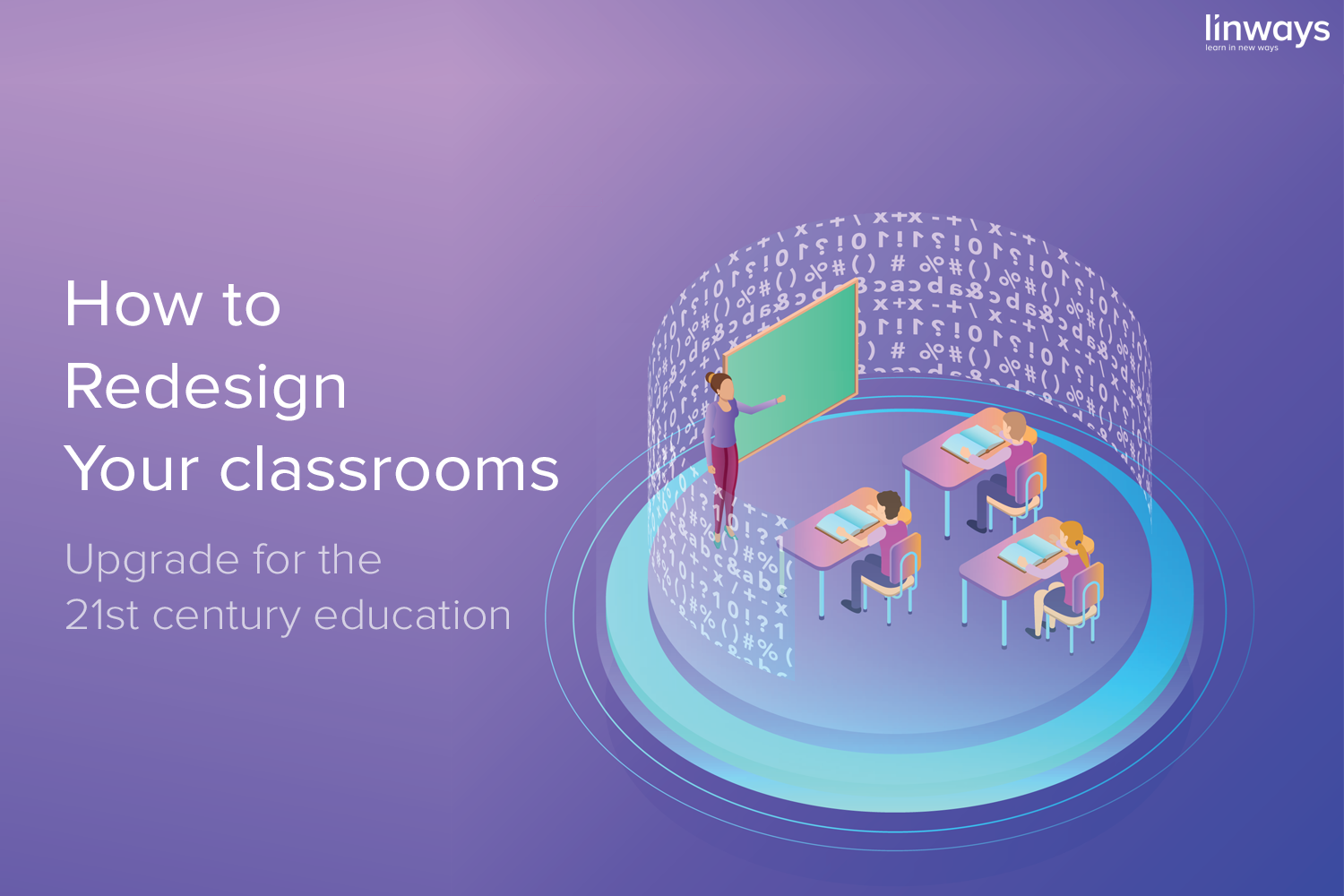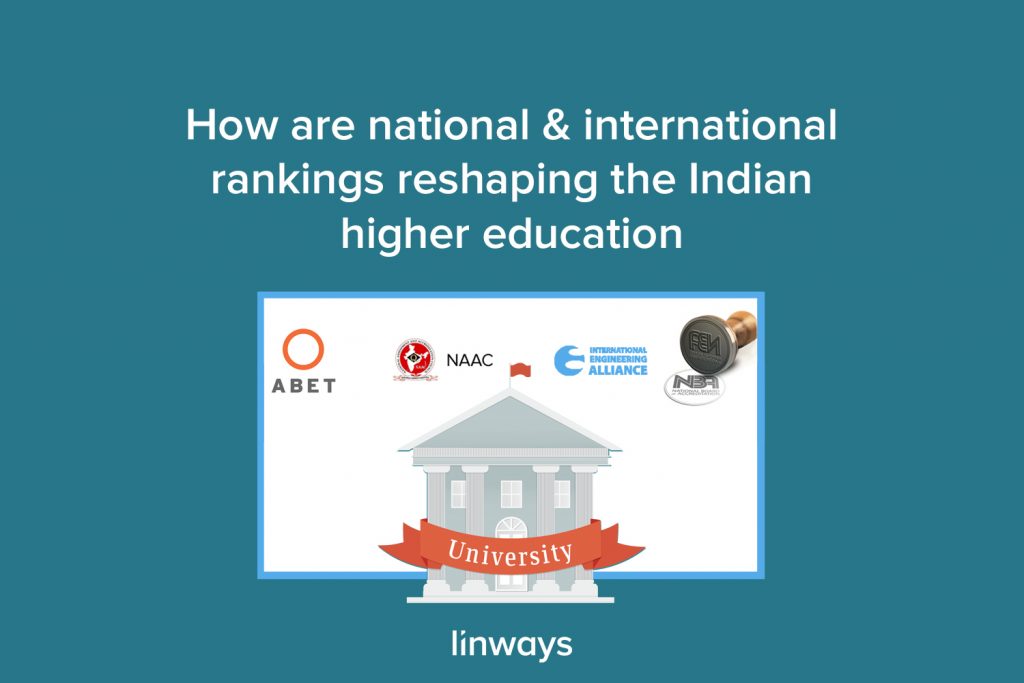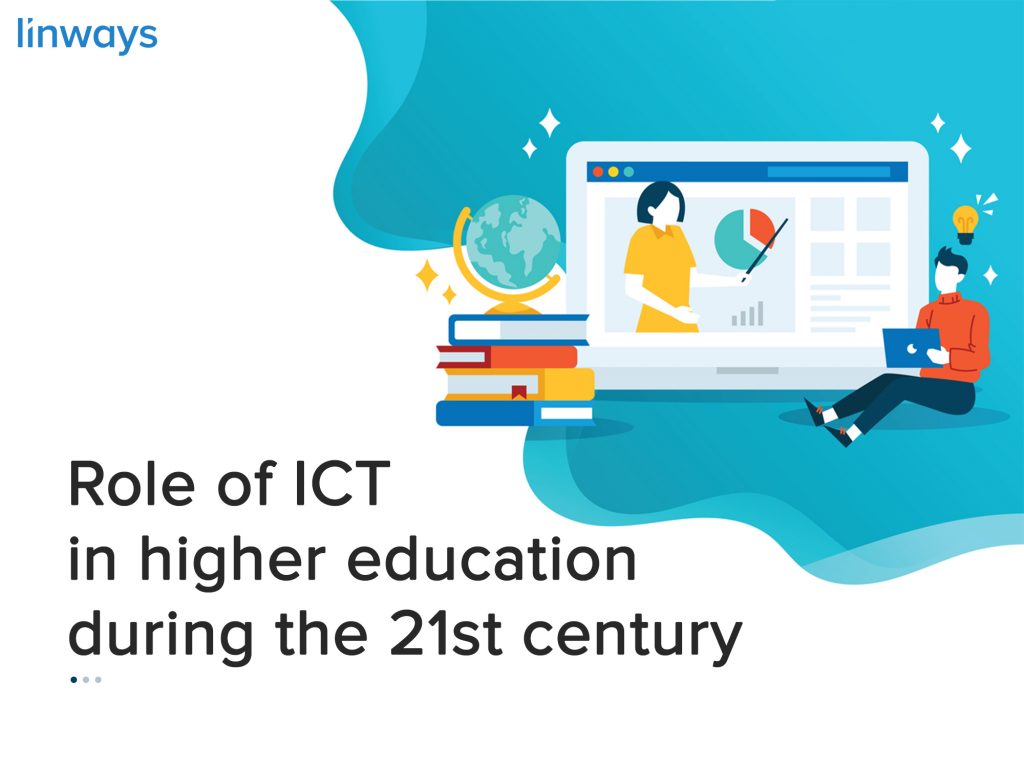Our classrooms are the reflections of the time they were created.
Little has changed since the last century regarding the classroom designs. Though there are better pedagogies and learning theories involved, they merely stay at the borderlines of curriculum design and lesson plans. Not many academicians has been brave enough to experiment with them and institute them into the physical classroom environments to influence the way we learn. Maybe one reason to this was about the institutional setup of schools & colleges itself. Teachers, by default, doesn’t have much budget or breathing space to actually alter the physical structure. It falls under the management to create a learning space where students can be creative and teachers can go the extra mile for best results.
So here, we’ll take a look at how we can nurture learning and cater best teaching experiences using some easy to implement classroom redesigns from the management perspective.
The long awaited shift in education has finally picked up momentum, and we can’t stop it now. The way experience teaching and learning is put under close scrutiny and that’s for the good. Hopefully, within just a few years time, we’ll have true student-centric education and high quality learning environments that boosts creativity in our institutions. But no institutions which adapts to this new trend will have to face the fight. If anything, your institution will thrive if its ready to assure quality and provide the best teaching-learning atmosphere for your students and faculty.
Before we begin, there are a few questions you should ask yourself to see whether your institution need a classroom redesign for the 21st century:
- How effective is my current teaching-learning methods and how can it be improved with classroom redesign?
- Does my classrooms offer a nurturing learning atmosphere right now?
- How can I redesign my classrooms within a budget and maximum optimisation to cater the needs and requirements?
If you have your answers and they point in the right direction, great. You’re good to go forward.
Redesign these
The modern learning environment is characterised by some key elements like student mobility, ample storage space, integration of technology, and smart use of available space. We’ll draw out more information on what each of this mean.
Student mobility.
Creating movable students spaces with storage spaces to ensure enough workspace and room to move around which improves accessibility. This is key since we all have become more aware of our own personal spaces today and students are no exception to this. Providing them with room and mobility to move around help them to create their own local workspaces where they can be more creative.
Classroom storage
Storage spaces are furthermore important since it improves efficiency. Everything they need can be stored there, and this ensures that the classroom necessities are accessible to everyone. You should also make sure that these spaces are clean and are utilised correctly by the students. A classroom with its own storage space creates an ambience of learning, and this helps teachers to adapt better to the trends and progress of their students.
Technology is a basic necessity today and there’s no future in learning that’s deprived of integrated technology. But we know asking for individual PCs for each students maybe little too much. At least one PC can be made available in every classroom, or you could also choose to have a well-equipped computer lab that’s well-accessible and open for student use. This helps research and supplementary leaning apart from the core syllabus.
Use of smart boards and platforms like Academic Management Systems to increase optimisation and maximise productivity can also be considered depending on your budget, needs, and requirements. Since the governing agencies and regulatory bodies are insisting to having an such platforms in colleges, these may not be as far as we’d imagine to have one in every institutions.
Smart use of space
There has been an immense amount to research done on the positive impact of natural sunlight and clean environments on learning. It refreshes the mind and boosts creativity for both the teacher and the students. Apart from that, perfecting the classroom space contribute to the collaborative learning and student teacher interactions. You shall see an immediate improvement in the results and engagement as you make good use of the space inside the classrooms.
Look ahead at these
For a change that should profoundly impact the learning environment and quality of your institution, planning is essential. We’ll discuss some ways to make sure that you’re not wasting your money, but strategically investing in a brighter future where students and teachers love your classrooms instead.
- Take feedback
Feedback can tell you a great deal about what your students & teachers need, and what your institution requires. This information is decisive in choosing the right designs and products for your institution. So listen to what your students and staffs has to say about redesigning your classrooms, and you could also let them suggest some ideas that could help achieve your goal. - Remove the distractions and clogs
Ever classroom redesign begins with getting rid of all the excess and unwanted items that clogs up in the present. This helps to prioritise the demands, and identify the areas and details which needs more attentions. - Accessibility
Accessibility is a crucial bit in classroom redesign. Remember, the whole redesign is to ensure that the students have accessibility and comfort in learning. This tends to boost imagination and nourishes genius. - Design trends
Also try and look for some of the popular design trends and distraction-free designs before you begin. While choosing your design, make sure to use minimal designs and not-too-dark colours. Your redesign should not be a distraction on itself.
In the end, redesign and improvement is not an action, but a process. It goes on and if you think that redesigning your classrooms all at once can be overwhelming, take it slow and try to change one thing at a time. This way, you can still assure that you are moving towards your goals, but not jumping the gun.
We know, these ideas are quite comprehensive. But we felt it’d be not wise to cram it all up in one post. If you need more ideas, or has some of your own, please let us know, and we’ll be happy to point you to the right directions. Information sharing is a great way to bond with your peers, and you comments here would mean a lot to us. Happy designing.





